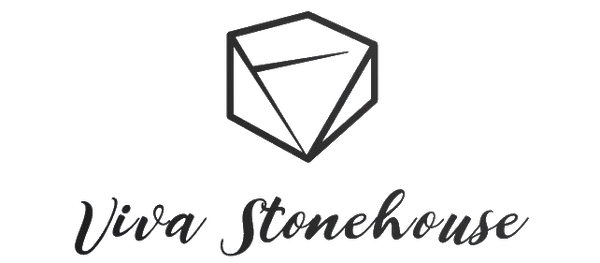
Mica Crystal Meaning Guide
Share
What is Mica?
Mica is a group of silicate minerals known for their shimmering, layered appearance and reflective properties. Common varieties include Muscovite, Lepidolite, Fuchsite, and Biotite. Beyond its industrial applications, mica is cherished in metaphysical practices for its association with clarity, emotional balance, and spiritual growth.
Zodiac, Element & Chakras
Zodiac Signs: Libra, Pisces
Element: Metal
Chakras: Crown, Third Eye, Throat, Heart, Solar Plexus, Sacral, Root
Meanings and Symbolism
Mica is revered for its ability to enhance self-reflection and insight, aiding individuals in recognizing personal patterns and facilitating growth. Its calming energy is believed to reduce stress and promote emotional stability. Additionally, mica is thought to deepen spiritual connections, enhance intuition, and encourage authentic self-expression.
When to Use Mica
Mica is ideal for:
Gaining clarity and insight for decision-making
Achieving emotional balance and calming stress
Deepening spiritual connections and enhancing intuition
Encouraging authentic self-expression and clear communication
Uses of Mica
Jewelry: Wearing mica as necklaces, bracelets, or earrings to keep its energy close.
Meditation: Holding or placing mica on relevant chakras during meditation to facilitate emotional healing and spiritual connection.
Crystal Grids: Incorporating mica into crystal grids to amplify intentions related to clarity and emotional balance.
Healing Properties and Benefits
While not scientifically proven, mica is traditionally believed to offer:
Emotional Healing: Assists in reducing anxiety, calming the nervous system, and promoting emotional stability.
Spiritual Growth: Enhances intuition, supports spiritual awakening, and aids in connecting with higher consciousness.
Physical Vitality: Believed to support restful sleep and overall relaxation.
Q&A Section
Q: How do I cleanse and charge Mica?
A: To cleanse mica, gently wipe it with a soft, dry cloth. Due to its delicate layers, avoid water and harsh chemicals. To charge, place it under moonlight or near a selenite crystal overnight.
Q: Which chakras does Mica align with?
A: Mica aligns with all seven chakras, from Root to Crown, facilitating a balanced energy flow throughout the body.
Q: Which element is Mica associated with in the 5 elements?
A: In the context of the five elements, mica is associated with the Metal element, symbolizing clarity, reflection, and resilience.
Q: What zodiac signs is Mica associated with?
A: Mica is traditionally linked to Libra and Pisces. It's thought to enhance qualities like balance, intuition, and empathy for these signs.
Q: Can Mica be worn every day?
A: Yes, mica can be worn daily. However, due to its delicate nature, handle with care to prevent flaking or damage.
Q: Is Mica safe in water?
A: Mica is not water-safe. Exposure to water can cause it to flake or deteriorate.
Q: Can I combine Mica with other crystals for enhanced effects?
A: Yes, combining mica with crystals like tourmaline or aquamarine can enhance its protective and calming properties.
Q: Which hand should I wear a Mica bracelet on?
A: In crystal healing practices, wearing a mica bracelet on the left hand (receiving hand) is believed to absorb its energies, while wearing it on the right hand (giving hand) may help project its energies outward.
Q: What does it mean when a Mica bracelet breaks?
A: Metaphysically, a broken mica bracelet may indicate that the crystal has absorbed significant negative energy or fulfilled its purpose. It's often seen as a sign to reflect on your current life circumstances and consider acquiring a new crystal.
Q: Who can wear a Mica bracelet?
A: Anyone seeking clarity, emotional balance, or spiritual growth can benefit from wearing a mica bracelet. It is suitable for individuals from all walks of life.
Q: What colors does Mica come in?
A: Mica comes in various colors, including clear, silver, green, purple, and black, each with unique metaphysical properties.
Q: How is Mica created?
A: Mica forms in metamorphic and igneous rocks through the crystallization of silicate minerals, resulting in its characteristic layered structure.
Q: Where is Mica found?
A: Major sources of mica include Brazil, Russia, India, and the United States.

